This intriguing film weaves a tale of passion, music, and turbulent romance, set against the backdrop of ambition and sacrifice. At its heart is a virtuoso violinist whose world takes a dramatic turn after crossing paths with a captivating yet troubled woman trapped in a loveless marriage. Joan Crawford and one of my favourite actors, John Garfield, deliver riveting performances that breathe life into this film, leaving audiences enthralled. It's the kind of story that resonates deeply, lingering like the haunting echoes of a melody long after the curtain falls.
The film begins with violinist Paul Boray (John Garfield) informing his manager, Frederick Bauer (Richard Gaines), that he wishes to return to the simplicity of his childhood after canceling his scheduled New York City performance.
Enter the flash-back: Paul's interest in the violin started on New York's East Side during the 1920s, where he chose a violin over a toy as his birthday gift. Encouraged by his mother Esther (Ruth Nelson), Paul became proficient with the instrument and pursued music school.
In the throes of the 1930s Depression, Paul's family grocery store fights for survival. Amidst the struggle, Paul lands a job with a vibrant radio orchestra thanks to his friend, pianist Sid Jeffers (Oscar Levant). Yet, his unwavering stance against the station's policy of shortening compositions leads to his dismissal, highlighting his dedication to musical integrity.
Sid suggests Paul attend a Patrons-of-the-Arts event hosted by Helen and Victor Wright hoping to secure potential funding. Despite a shaky start, Helen (Joan Crawford) is captivated by his talent and agrees to back him, linking him up with Bauer for his first public appearance. The concert is a triumph, prompting Paul's family to throw a celebration, but Paul chooses to toast his success with the Wrights. Paul’s mother becomes uneasy about Helen's growing influence and reminds Paul about his friend, Gina (Joan Chandler), who harbors deep feelings for him.
With Helen's guidance, Paul transforms into a star performer, sparking a romance between them. When Victor (Paul Cavanagh) asks for a divorce from Helen, she excitedly runs to inform Paul. However, Paul, engrossed in his rehearsal, brushes her off. Devastated by the rejection, Helen finds solace in alcohol once more.
Later, Paul and Helen patch things up and decide to marry. Helen attempts to mend fences with Paul’s mother, Esther, who doesn't hold back in highlighting Helen's three previous marriages and urging her to reflect on how her drinking and craving for attention might affect Paul's career. Will Helen be able to turn things around for a happily ever after?
One fateful night, as Paul pours his soul into a radio performance, Helen, lost in a haze of alcohol and despair, confronts the painful truth that she will always play second fiddle (no pun intended) to his music. Overwhelmed by sorrow, she walks deliberately into the ocean, surrendering to its cold and dark embrace. Her tragic end leaves Paul shattered, prompting him to cancel his concerts. Yet, in the face of such heartache, he discovers a renewed resolve—his music, the enduring passion of his life, must continue.
As the film circles back to its poignant opening, Paul entrusts Sid with a message for Bauer, assuring him that his departure is not an escape but a journey toward rediscovery. In the final moments, Paul walks with determination through the vibrant streets, his gaze fixed on his family’s humble grocery store—a tangible link to the simplicity and roots he desperately seeks to reclaim.
Directed by: Jean Negulesco
Cast:
Joan Crawford as Mrs. Helen Wright
John Garfield as Paul Boray
Oscar Levant as Sid Jeffers
J. Carrol Naish as Papa Rudy Boray
Joan Chandler as Gina
Tom D'Andrea as Phil Boray
Peggy Knudsen as Florence Boray
Ruth Nelson as Mama Esther Boray
Craig Stevens as Monte Loeffler
Paul Cavanagh as Mr. Victor Wright
Richard Gaines as Bauer - Paul's 1st producer
John Abbott as Rozner - conducts Nat.Inst.Orch.
Robert Blake as Paul Boray - child (as Bobby Blake)
Notes of Interest:
John Garfield's violin "performances" are played by Isaac Stern, whose hands are seen playing in close-ups. Stern had to squat uncomfortably below Garfield to do the fingering and bowing.
Release Date: Jan 25, 1947
Production Company: Warner Bros. Pictures, Inc.
Screenplay Information: Based on the short story "Humoresque" by Fannie Hurst in The Cosmopolitan (Mar 1919).
Oscar Award Nomination: Best Score
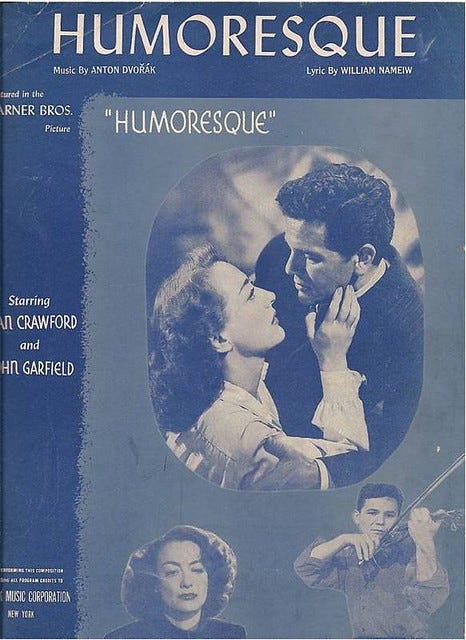
Enjoy,
…Jill
The Forks Part…
This dish always stole the show at my parents' parties. My mom discovered the recipe in some old newspaper or magazine, and before long, it became a must-have at all our family celebrations. The absolute best part? Munching on the leftovers, if any, the next day! It's the perfect retro appetizer to enjoy while watching Humoresque.
Super easy to make, absolutely delicious, and fancy enough to impress—it’s great with crackers or spread onto slices of hard salami and rolled up. So, invite your friends over, pop open a bottle of wine and have a blast with a fun movie night!
Chipped Beef Cheese Ball
What You Need:
1 3-ounce package dried beef, finely snipped (1 cup)
1 8-ounce package cream cheese, softened
1/4 cup grated parmesan cheese
1/4 cup chopped pimiento-stuffed olives
2 teaspoons prepared horseradish
2 cups potato chips or corn chips, crushed
What To Do:
Mix together beef, cream cheese, parmesan cheese, olives, and horseradish. Shape in a ball. Pat on crushed chips. Chill about 1 hour.
Notes:
For bite-size cheese balls, shape the mixture in thirty 1-inch balls and roll in chips.
Looking to add some excitement to this cheese ball recipe? Consider crushing Pepperidge Farms Goldfish crackers for an extra crunchy element! They'll be a hit at your next movie night party!
The charm of so many retro recipes is sometimes in the wording. Like “finely snipped”. I’ve never “snipped” beef!
Enjoy!

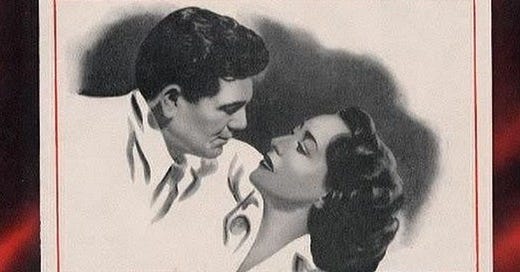


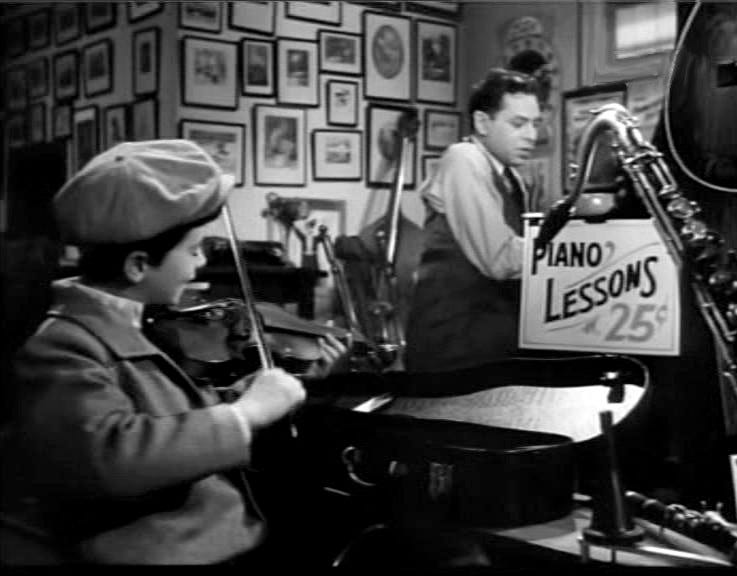
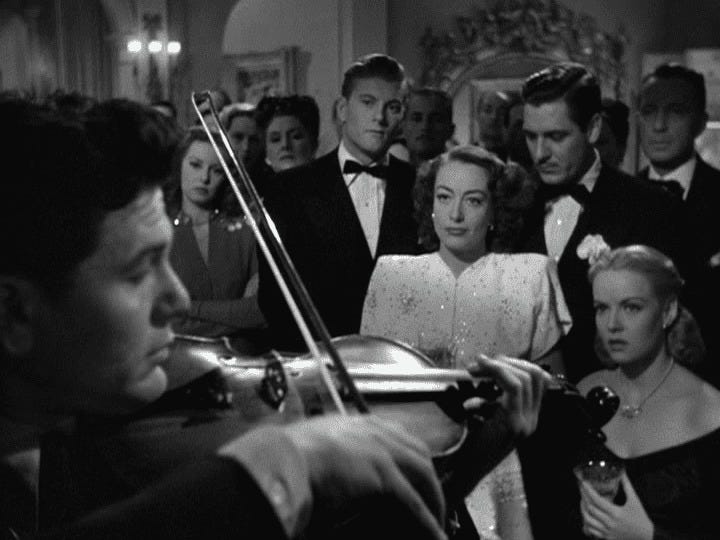
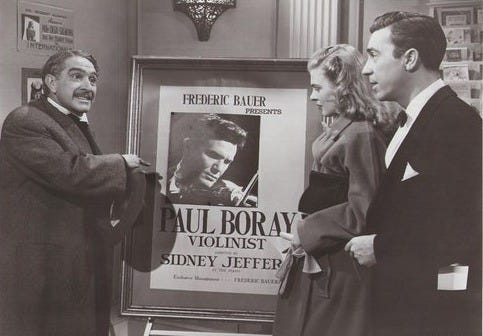
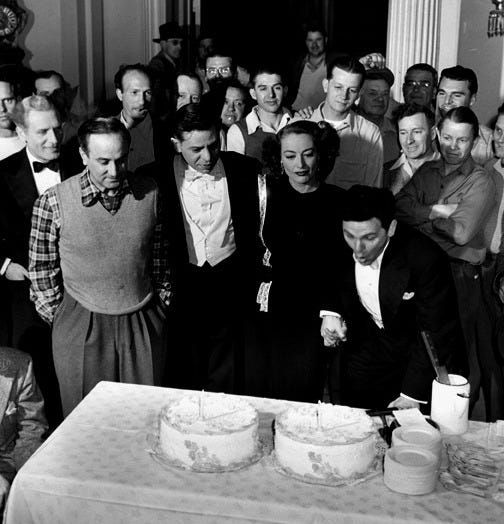
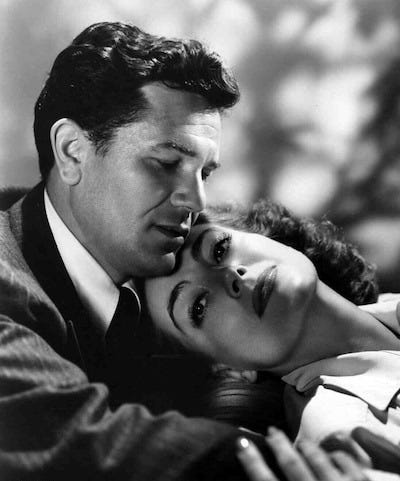
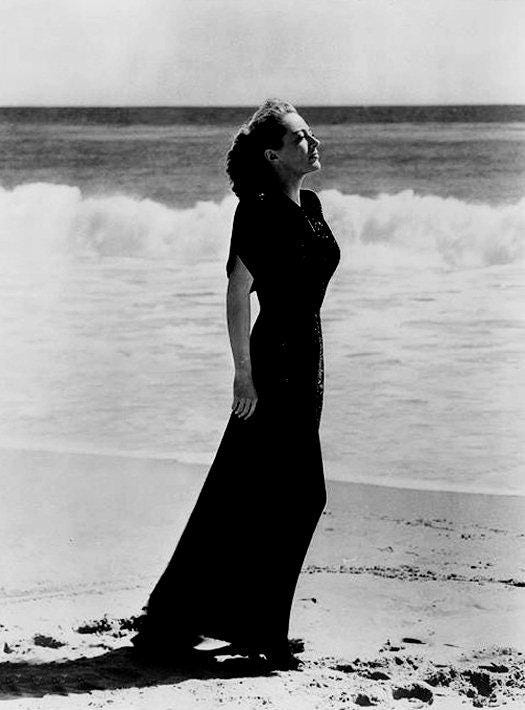
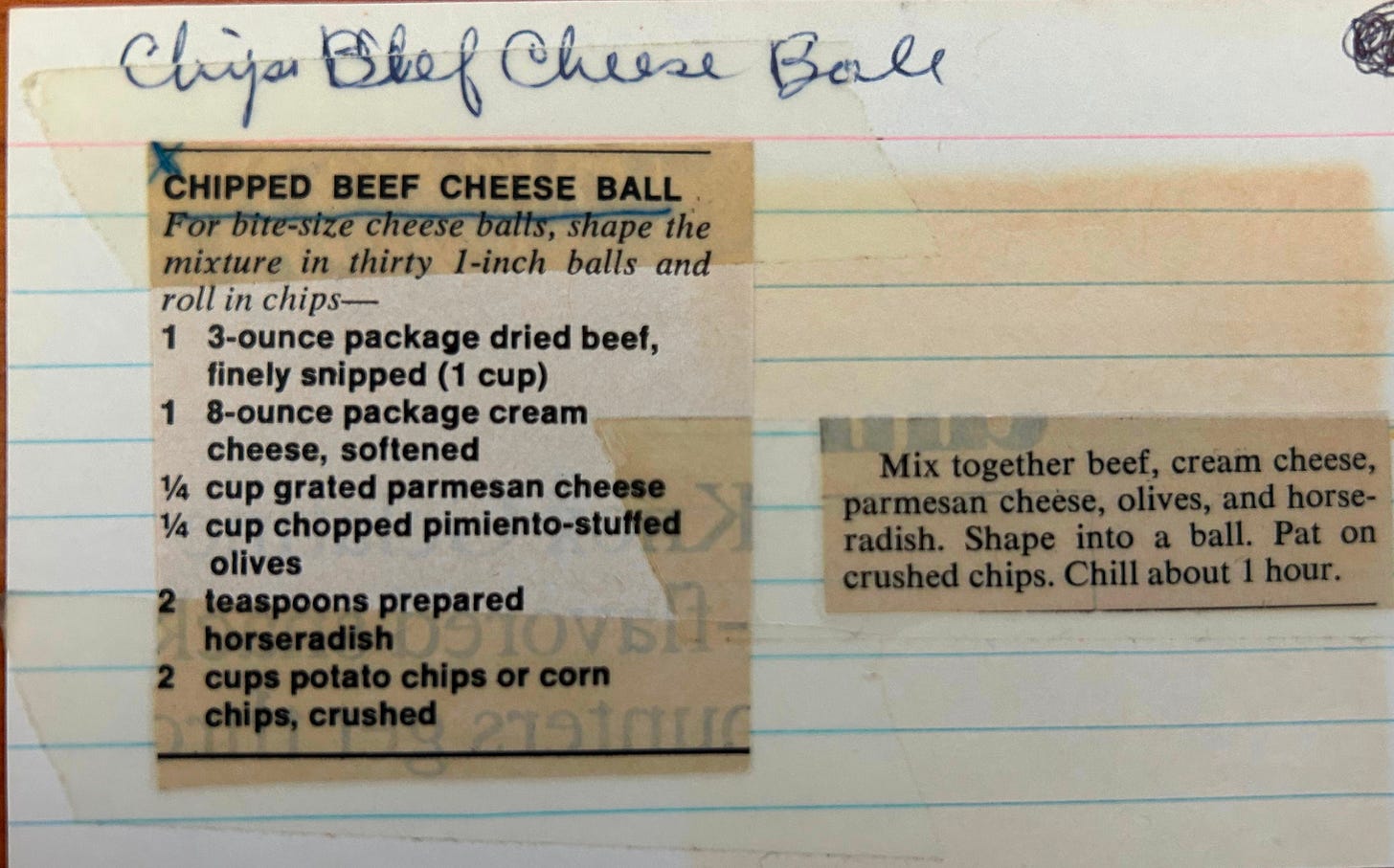
I love how you threw in your memory of playing and your mom humming along in the kitchen. So sweet.